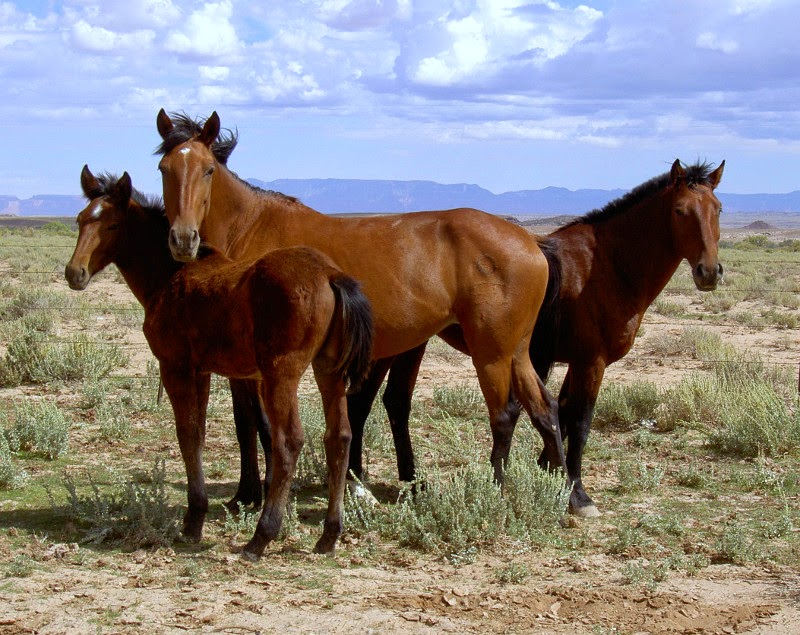
In 179495 27-year-old Philadelphia gunsmith John Calvert spent 14 months pursuing horses with the Wichitas and Comanches before a. Indians also loped the horses in deep sand when possible up a steep grade until the horses were too tired to buckthat always took the starch out of them in a hurry.
Rocky Mountain Horse Somewhat of a latecomer the Rocky Mountain horse originated in the foothills of the Appalachian Mountains of Kentucky.
How long did horses last in the old west. In the west under the care of a ranch horses were often rounded up at any age and if they were between three and ten and healthy they might be broken and live in a remuda for ten years or more and then as they aged out of being useful or became injured they might be either put down or released to the wild. Horses of the Old West. When I was looking for images of Comanche the horse that survived the Battle of Little Big Horn I came across a fabulous site the Old Picture Internet site with photographs taken from the 1850s to the 1940s.
Horses can gallop nonstop for a long time Speed by Niko Dimitrov ecobo on Flickr Reality. I have no doubt that the bad guys in these scenarios dont care much for the horses they were riding but if you know much about horses youll realize that riding a horse hard for long periods of time will quickly wear it out. Most are designed more for sprinting than endurance.
Bronc busters like any other specialists had their own ways of breaking a horse. The great ones took a lot of pride in their work and didnt abuse the animal break his spirit or spoil him. One old cowboy said it best.
The trick to breaking horses is after you get bucked off keep gettin back on til the horse gets bored. It does require common sense. Horses in the 1800s were used for war transportation farm work mail delivery hunting and sport.
These horses burned a lot of calories and yet the primary feeds for these horses working 8-10 hours a day was hay and chaff a mixture of hay and chopped straw. It must have been a pleasant way for horses to travel since the roads were slow and quiet and the cargo took as many rest stops to eat and exercise as the horses pulling the van required. Vanning did not become common until the 1830s when Sovereigns trainer John Doe convinced another racehorse owner to put his animal in a horse-drawn wagon to reach a distant track.
Many horses live to be over thirty years old much longer than even the oldest cats or dogs. In fact many horses live beyond the age of 30 with good care. Some senior horses are still ridden or.
A yard of ticking would have cost 17-18 cents. A yard of satinet a polished cotton fabric with a similar look to satin would have cost 54-59 cents in that 22 year span. And if you didnt have the sewing skills to cut out a pattern and stitch it together then youd pay.
Somewhat of a latecomer the Rocky Mountain horse originated in the foothills of the Appalachian Mountains of Kentucky. Largely a secret outside that area until about 1880 the horses were surefooted easy-gaited and versatile. In the Old West postmen doctors and traveling preachers favored the horses.
Rise of King Horse Curiously it took coal and the steam engine to make the horse king of the road. Until the 19th century the equine tribe remained largely a status animal that signified wealth. Rocky Mountain Horse Somewhat of a latecomer the Rocky Mountain horse originated in the foothills of the Appalachian Mountains of Kentucky.
Largely a secret outside that area until about 1880 the horses were surefooted easy-gaited and versatile. In the Old West postmen doctors and traveling preachers favored the horses. While the Wests early mustangers and horse traders understandably kept a low profile some of their stories and adventures have come down to us.
In 179495 27-year-old Philadelphia gunsmith John Calvert spent 14 months pursuing horses with the Wichitas and Comanches before a. Why could the continent that gave rise to the horse no longer provide a. Bone evidence would last much longer in the permafrost.
A 700 yr old pipestone carving of a horse. The horse has evolved over the past 45 to 55 million years from a small multi-toed creature Eohippus into the large single-toed animal of today. Humans began domesticating horses around 4000 BC and their domestication is believed to have been widespread by 3000 BC.
What were horses used for in history. Horses and other animals. Indians usually did not use saddles.
Some of the ways they broke horses was to run them into deep water and let em buck until they wore themselves out. Indians also loped the horses in deep sand when possible up a steep grade until the horses were too tired to buckthat always took the starch out of them in a hurry. The last time anyone saw a camel in the west was in Texas in 1941.
If you decided to steal a horse you could expect to be only 15-50 miles from the crime scene in a day. If the town sent out a posse for high dollar crimes or someone were coming into town most locations had limited routes of ingress then your being spotted on a stolen horse could prove to be fatal.